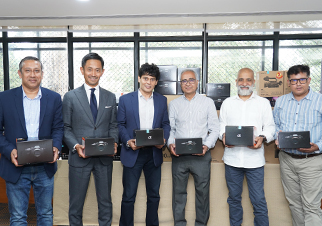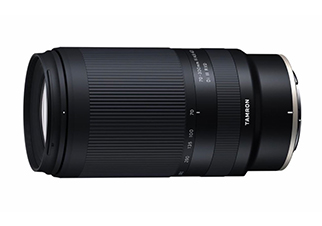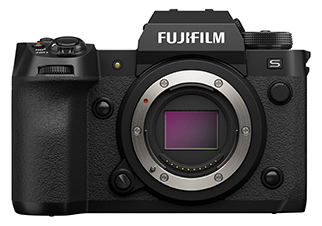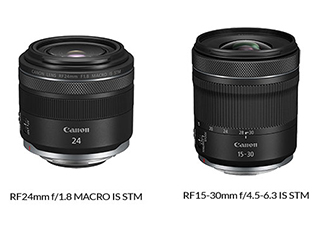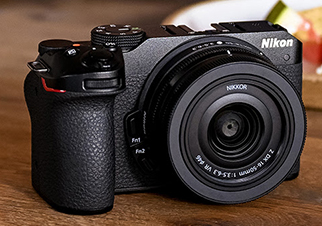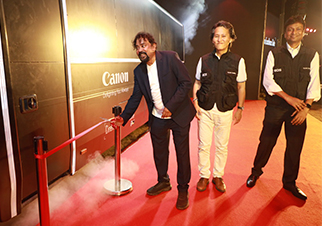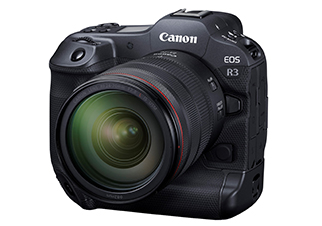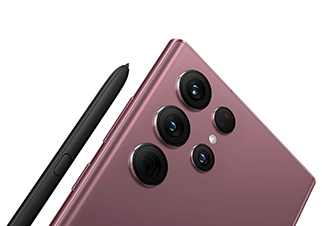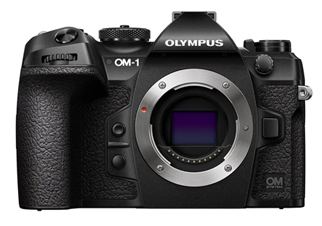Sony India has announced a new relationship with Press Trust of India (PTI), India’s largest independent news agency, under which PTI would make Sony India its exclusive digital imaging solution supplier for news photographers and video journalists across the nation. Sony India will also provide product service support and training to PTI picture and video journalists as part of this agreement.
PTI publishes around 2,000 stories and 200 images every day and collaborates with over 500 Indian publications. The news organisation has a long tradition of producing great visual journalism, and its journalists will now employ Sony’s superior imaging technology to cover big events around the country.
“We are pleased to announce this collaboration with PTI, an organization with such a vast reach in the country,” said Sunil Nayyar, Managing Director of Sony India. “PTI is a highly trusted news source in the country, and it is such an honour for us to be collaborating with them, to be supporting PTI who delivers top-class photo and video for news across the globe”.
Vijay Joshi, the Chief Executive Officer of Press Trust of India said, “At PTI we believe that technology is one of the foundational pillars for producing good journalism. We recognize that Sony has always been at the forefront of creating innovative technologies when it comes to cameras. Partnering with Sony was therefore a no-brainer for us, especially as we step into video journalism. We are excited with the opportunity this holds as our photo-journalists will be able to seamlessly work in tandem with their video colleagues, thanks to the common technology solution the Sony system offers.”
Once the shift is complete, all PTI journalists will be outfitted with Sony’s most recent cameras and lenses. This will allow all of the news agency’s journalists to effortlessly cooperate and tell the stories that matter, regardless of media.
“The use of our mirrorless cameras including the flagship Alpha 1 and the latest Alpha 7 IV along with a broad selection of Sony’s E-mount lenses including G Master™ models will allow PTI journalists to capture all the major events in the country and document stories like never before. All our mirrorless cameras are equipped with the latest technologies, where powerful hardware and software work together to deliver best imagery in a most flexible way. The advanced image processor and full-frame image sensor make better use of the light, produces less noise, sharp details giving a more beautiful image. We are also glad to enable PTI to deliver high quality video in the field of journalism using our dedicated video lineup like PXW-Z190 and PXW-Z90.” said Mukesh Srivastava, Head of Digital Imaging Business at Sony India.
Gurinder Osan, the Photo Editor of PTI, said “Completely changing the camera gear of an entire team is a difficult and responsible decision but our choice was re-affirmed after elaborate on-field testing and comparisons that went in favour of Sony’s mirrorless camera system for their robust and well-established technology. Digital cameras are more like computers and getting the performance that balances smart innovations with the subtle art of photography is what helps today’s visual creators redefine themselves and move into the future. All of this is besides the host of features that the Sony cameras offer, notable being their auto-focus performance, low light capability, reduced weight and bulk, range of lenses and overall efficiency.”
IMAGE: From L-R: Mukesh Srivastava, Head of Digital Imaging Business at Sony India; Tomohiro Nakashima, Deputy Managing Director of Sony India; Sunil Nayyar, Managing Director of Sony India; Vijay Joshi, the Chief Executive Officer of Press Trust of India; Gurinder Osan, the Photo Editor of PTI and Amit Gemini, the Chief Technology Officer of PTI.

